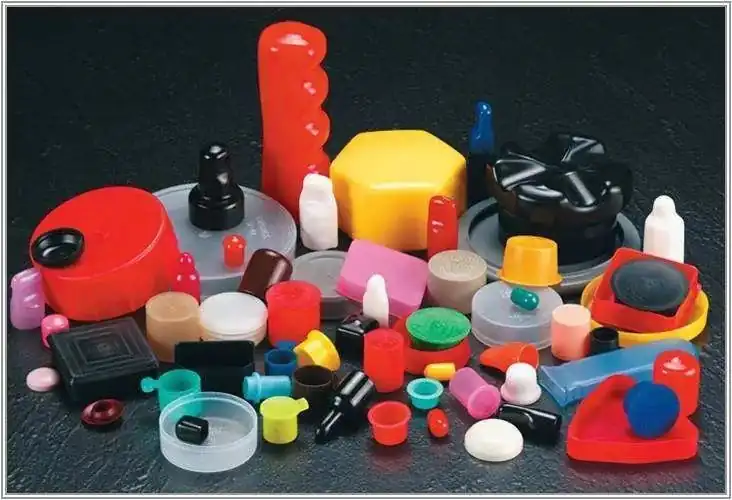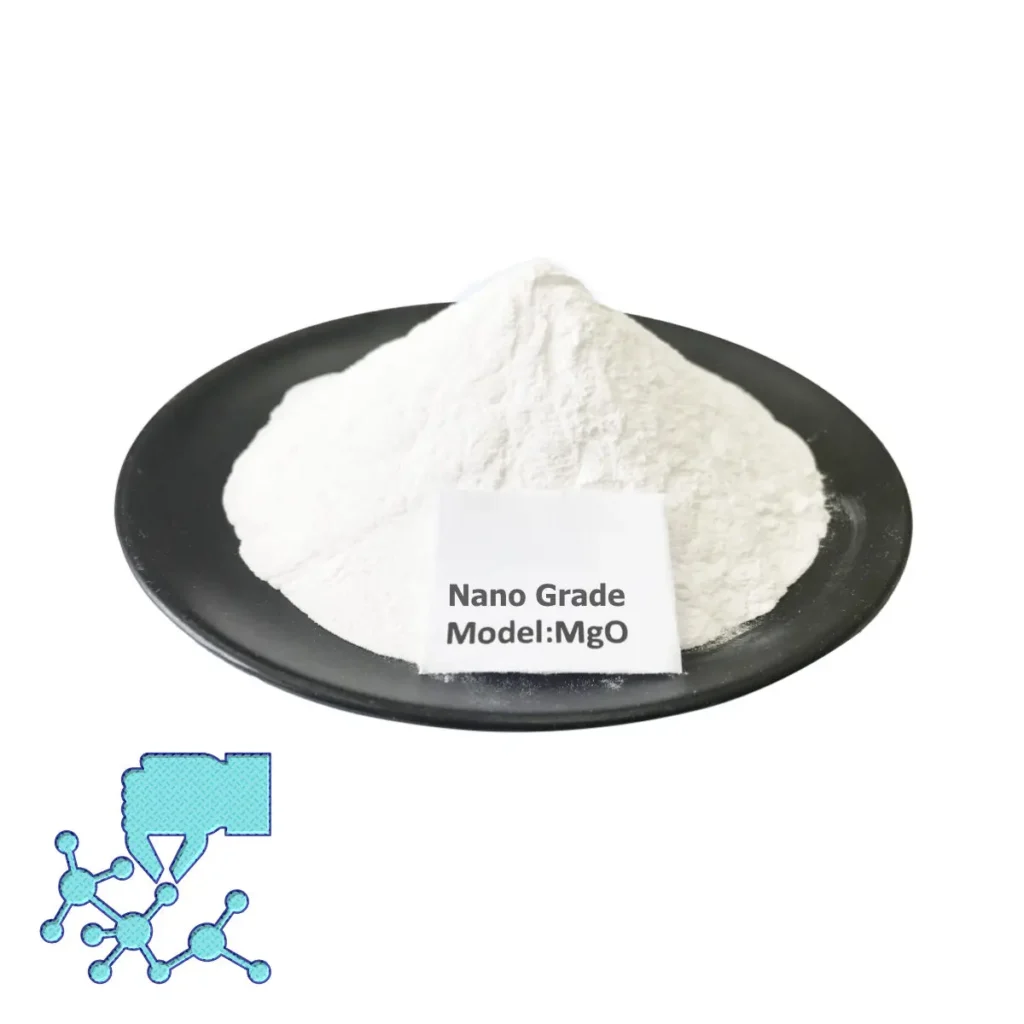Abstract
A method of preparing magnesium oxide nanoparticles, using magnesium nitrate as a magnesium source, and malic acid, citric acid, and ammonium citrate as a complexing agent to produce magnesium oxide nanoparticles. The preparation method provided by the present invention has inexpensive and easy-to-obtain starting materials, low requirements for equipment, little environmental pollution in the preparation process, uniform particle size of the prepared nanomaterials, no agglomeration, good dispersion, high purity, and low calcination temperature, easy to control the reaction, and simple process operation, which makes it easy to realize the industrialized production.
Description
A method of preparing magnesium oxide nanoparticles by self-propagating sol-gel method
Technical Field
The present invention relates to a method of preparing magnesium oxide nanoparticles by self-propagating sol-gel method, and belongs to the technical field of preparing magnesium oxide nanoparticles.
Background technology
At present, there are many methods for the preparation of nano magnesium oxide, which can be categorized into solid-phase method, gas-phase method, and liquid-phase method according to the state of raw materials. Solid-phase method has mechanical pulverization method, the method of instrumentation requirements are very high and difficult to obtain particles smaller than 100 nanometers; room temperature solid-phase chemical method to prepare the sample size is not uniform. Vapor phase method has physical vapor deposition method and chemical vapor deposition method, with large production capacity, particle size can be controlled, etc., but there are problems with the collection of products, and the equipment is expensive, energy consumption, pollution of the environment, the realization of industrial production is still a certain degree of difficulty. Liquid-phase method is currently widely used methods, mainly direct precipitation, uniform precipitation method, sol-gel method. Direct precipitation method, the product particle size, particle size distribution is wide; uniform precipitation method, the resulting precipitate particles are uniform and dense, easy to wash and filter, the resulting product size is small, narrow distribution, less agglomeration, the shortcomings of the yield is relatively low; traditional sol-gel method to get the nano-powder particle size distribution is narrow, dispersion is good, the purity is high, and the calcination temperature is low, the reaction is easy to control, the process is simple, but the cost of raw materials is high. is relatively high.
Contents of the invention
The purpose of the present invention is to introduce a method of preparing magnesium oxide nanopowder by self-propagating sol-gel method.
The technical solution of the present invention is to use magnesium nitrate as the magnesium source, and malic acid, citric acid, ammonium citrate as the complexing agent, adjust the pH value through the coordination of magnesium nitrate and the complexing agent, and obtain the nano magnesium oxide by evaporation, drying and calcination.
The technical program of the present invention is described in detail.
Specific operation steps:
The first step precursor preparation
Dissolve magnesium nitrate and the complexing agent in water, the molar ratio of magnesium nitrate and the complexing agent is 1:1.5~4, the complexing agent is malic acid, citric acid, ammonium citrate, when the complexing agent is ammonium citrate, then do not adjust the pH value of the solution, when the complexing agent is malic acid or citric acid, use ammonia to adjust the pH value of the solution to not less than 4, the solvent is evaporated at a temperature of 70 ℃ ~ 90 ℃, get the gel, after 100 ℃ ~ 150 ℃ temperature foaming, get precursor, dry gel;
The second step of the preparation of nano-magnesium oxide
When the complexing agent is citric acid or ammonium citrate, the precursor prepared in the first step is first pre-cooked at a temperature of 350°C for 1.5 hours, and then calcined at a temperature of not less than 600°C for a time of not less than 3 hours, and when the complexing agent is malic acid, the precursor prepared in the first step is calcined at a temperature of not less than 600°C for a time of not less than 3 hours, and nano-magnesium oxide is obtained.
Compared with the prior art, the present invention has the following advantages:
1. the raw material is cheap and easy to obtain, and the method is simple, so the preparation cost is relatively low.
2. The reaction conditions are mild, the operation is easy, the requirements for equipment are low, and it is easy to realize industrialization.
3. The preparation process has little pollution to the environment and people, which is a green preparation process.
4. The product particle size is small and uniform, no agglomeration phenomenon, large specific surface.
Specific implementations
Example 1
The complexing agent was malic acid. 1.2821 g of magnesium nitrate and 1.0057 g of malic acid, i.e., the molar ratio of magnesium nitrate to malic acid is 1:1.5, were taken and put into 20 ml of water and stirred to dissolve completely. Ammonia was used to adjust the pH of the solution to 4. The solution was stirred for 1 to 2 hours at room temperature. The solution was stirred at a temperature of 80°C to evaporate the solvent to obtain a gel. The gel was vacuum dried in a vacuum drying oven at a temperature of 120°C for 3h to obtain the precursor, dry gel. Calcined at a temperature of 600°C for 3 hours, during which the precursor undergoes self-propagating combustion at a temperature of 220°C, to obtain the product, the mass of magnesium oxide nanoparticles produced was 0.1685g.
Example 2
The complexing agent was citric acid. Take 2.0533g of magnesium nitrate hexahydrate and dissolve it in 20ml of water, the concentration of the prepared solution was 0.4 mol/l. Citric acid was added to the magnesium nitrate solution, the molar ratio of magnesium nitrate to citric acid was 1:4, and ammonia was used to adjust the pH of the solution to 4. The solution was stirred to evaporate the solvent at a temperature of 80°C to obtain a gel. The gel was placed in a vacuum drying oven at a temperature of 120 ℃ under vacuum drying for 3h to obtain the precursor, dry gel. Using step-by-step heat treatment, the precursor was first pre-cooked at a temperature of 350°C for 1.5 h. During the pre-cooking period, self-propagating combustion occurred in the precursor at a temperature of 180, and then the pre-cooked precursor was placed in a calcination at a temperature of 600°C for 3 h, to obtain a nano-magnesium oxide mass of 0.2572g.
Example 3.
The complexing agent was ammonium citrate. Magnesium nitrate hexahydrate 1.2821 g was dissolved in 20 ml of water to form a solution with a concentration of 0.25 mol/l. Ammonium citrate was added to the magnesium nitrate solution, and the molar ratio of magnesium nitrate to ammonium citrate was 1:4. The solution was stirred to evaporate the solvent at a temperature of 80°C to obtain a gel. The gel was placed in a vacuum drying oven at a temperature of 120 ℃ under vacuum drying for 3h, to get the precursor, dry gel. Using step-by-step heat treatment, the precursor was first pre-cooked at a temperature of 350°C for 1.5 h. During the pre-cooking period, the precursor underwent self-propagating combustion at a temperature of 180°C. The pre-cooked precursor was then placed in a calcination at a temperature of 600°C for 3 h. The nano-magnesium oxide was produced with a mass of 0.1518g.
The nano magnesium oxide produced by the above method has a lamellar structure, small particle size, uniform particle size distribution and large specific surface area.
The nano magnesium oxide is widely used. With nano magnesium oxide, low temperature sintering can be realized without the use of sintering aid to make fine crystalline ceramics with high densities, which can be expected to be developed as a cutting-edge material for use in harsh conditions such as high temperatures and high corrosive atmospheres. Nano-magnesium oxide can be used as a sintering aid and stabilizer for other nanoparticles such as zirconia, alumina, iron oxide, etc. to obtain high-quality nanophase ceramics. In addition, nano-magnesium oxide can be used as fillers for paints, paper and cosmetics, additives and reinforcing agents for plastics and rubbers, decomposing agents for fats, polishing agents for pharmaceuticals, chemical adsorbents, as well as auxiliary materials for a variety of electronic materials, catalysts, superconductors, and refractory materials, and so on.




